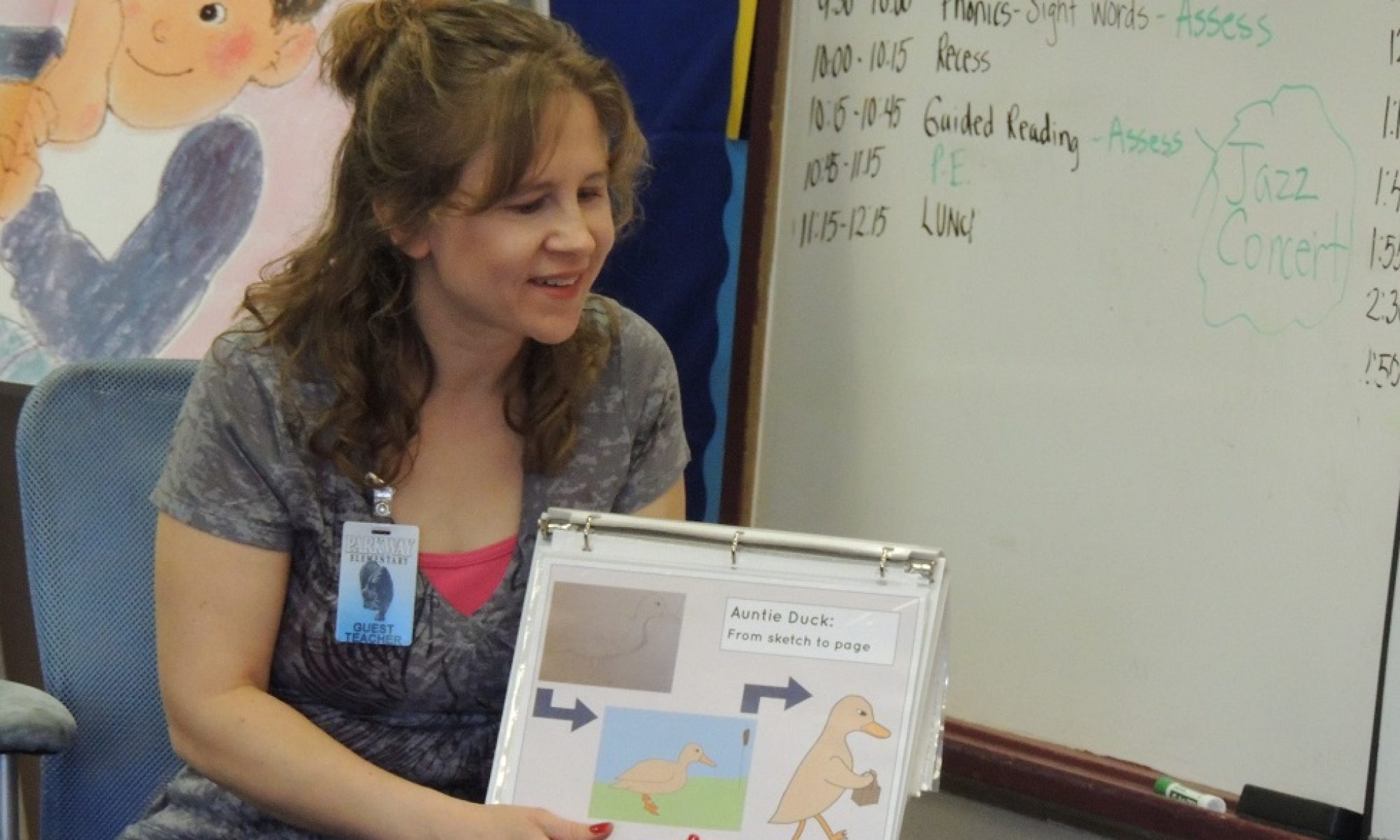
I launched a Kickstarter campaign in August to raise the funds to publish hardcover copies of my picture book, On the Bottom of My Shoe. If you want to learn more about the project, you can find the original blog post here.
I had heard about crowdfunding at a writer’s conference I attended in March. The information I learned piqued my interest, and I was excited to try crowdfunding my picture book.
I researched a lot of the projects on Kickstarter and other crowdfunding sites, such as Indiegogo and Pubslush. Although Kickstarter has an all or nothing crowdfunding model, I chose Kickstarter because I liked the quality and variety of picture books being funded through Kickstarter campaigns.
I spent hours, and hours, and hours researching and preparing for my Kickstarter campaign. I prepared my story and my biography and my backer rewards like a good little writer/campaign manager. Although my campaign didn’t fund in the end, I learned a lot during the process.
Here are the top five things I learned from my failed Kickstarter campaign:
- Carefully evaluate (and reevaluate) the lowest funding goal for your campaign. My campaign goal was $8,140. This was the minimum viable amount to get 1,000 hardcover copies printed by offset printing, including special endpapers. It would also provide for all the backer rewards and cover the editing and layout design services, etc. My mentality was to “go big or go home.” In retrospect, I didn’t need to have 1,000 copies printed. I didn’t need to do an offset print run. Although hardcover copies were a non-negotiable choice for me, IngramSpark offers a nice variety of publishing options for a reasonable cost, and they don’t have a minimum order requirement.
- Most, if not all, of your funding really WILL come from people you know. You cannot expect the Kickstarter community to magically fund your campaign. Unless you can rally enough support through people you already know, people you don’t know may not back the project. So, how many people do you know who will be able to contribute to your project? As with any venture, not everyone who may be interested in supporting your project will have the means to do so. Or they may forget to check it out before the deadline. Or the concept of crowdfunding may be new to them, and the process could be daunting. Kickstarter requires backers to sign up for a free Kickstarter account. . . . and also requires an Amazon.com login for payment processing. Do the people who would want to back your project have the “internet savvy” to make this an easy process for them?
- Crowdfunding feels a lot like personal sales. I used to be an independent beauty consultant, and although I learned a lot during that time, I HATED the personal sales aspect. I love people, love to help people, but hate to ask, ask, ask for business or to constantly look for ways to promote my business in that way. Maybe I am delusional, but promoting a book or promoting myself as an author/speaker through “normal” marketing channels feels different.
- Simple is good when it comes to backer rewards. Some of the funding campaigns I researched offered awesomely cool backer rewards. Things like one of a kind blankets or personalized sketches in the same style as the book’s illustrations, just to name a couple. Evaluate what the main goals of your project are, and how much time it will take to fulfill the backer rewards. Too many reward options or reward tiers are confusing. Simplify the rewards, and make it easier on yourself and the backers who want to help but aren’t yet savvy about all this crowdfunding stuff.
- Whether the campaign funds or fails to fund, the experience can be worthwhile. Preparing for the crowdfunding campaign makes you work through tasks you would need to complete anyway. You develop a pitch and “back flap copy” material as you determine what would draw a backer (or a reader) to your book. You work on marketing, design and layout. You research funding and production costs. You face (and conquer) deadlines–self-made and otherwise. You force yourself to get in front of the camera to share about your project.You also continue to work on the project during the funding campaign, and provide updates to your backers.
Would I crowdfund again? Maybe. Not with the picture book On the Bottom of My Shoe (I’m pursuing different publishing options with that particular book), but maybe with another project. In fact, I’m working on a graphic novel right now . . . but that’s a story for a different post.


